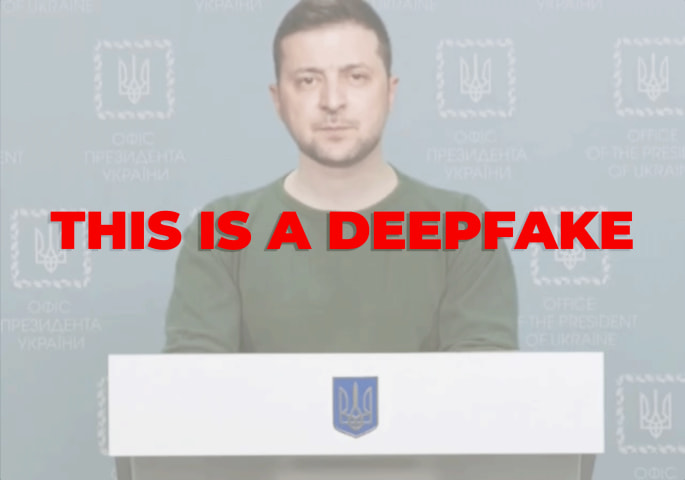概要: A deepfake video of State Department spokesman Matthew Miller falsely suggested Belgorod was a legitimate target for Ukrainian strikes. This disinformation spread on Telegram and Russian media, misleading the public and inciting tensions. U.S. officials condemned the deepfake. This incident is an example of the threat of AI-powered disinformation and hybrid attacks.
Alleged: Unknown deepfake creators developed an AI system deployed by Russian government, which harmed Matthew Miller , Department of State と Biden administration.
インシデントのステータス
Risk Subdomain
A further 23 subdomains create an accessible and understandable classification of hazards and harms associated with AI
4.1. Disinformation, surveillance, and influence at scale
Risk Domain
The Domain Taxonomy of AI Risks classifies risks into seven AI risk domains: (1) Discrimination & toxicity, (2) Privacy & security, (3) Misinformation, (4) Malicious actors & misuse, (5) Human-computer interaction, (6) Socioeconomic & environmental harms, and (7) AI system safety, failures & limitations.
- Malicious Actors & Misuse
Entity
Which, if any, entity is presented as the main cause of the risk
AI
Timing
The stage in the AI lifecycle at which the risk is presented as occurring
Post-deployment
Intent
Whether the risk is presented as occurring as an expected or unexpected outcome from pursuing a goal
Intentional
インシデントレポート
レポートタイムライン
Loading...

A day after U.S. officials said Ukraine could use American weapons in limited strikes inside Russia, a deepfake video of a U.S. spokesman discussing the policy appeared online.
The fabricated video, which is drawn from actual footage, shows…
バリアント
「バリアント」は既存のAIインシデントと同じ原因要素を共有し、同様な被害を引き起こし、同じ知的システムを含んだインシデントです。バリアントは完全に独立したインシデントとしてインデックスするのではなく、データベースに最初に投稿された同様なインシデントの元にインシデントのバリエーションとして一覧します。インシデントデータベースの他の投稿タイプとは違い、バリアントではインシデントデータベース以外の根拠のレポートは要求されません。詳細についてはこの研究論文を参照してください
似たようなものを見つけましたか?




